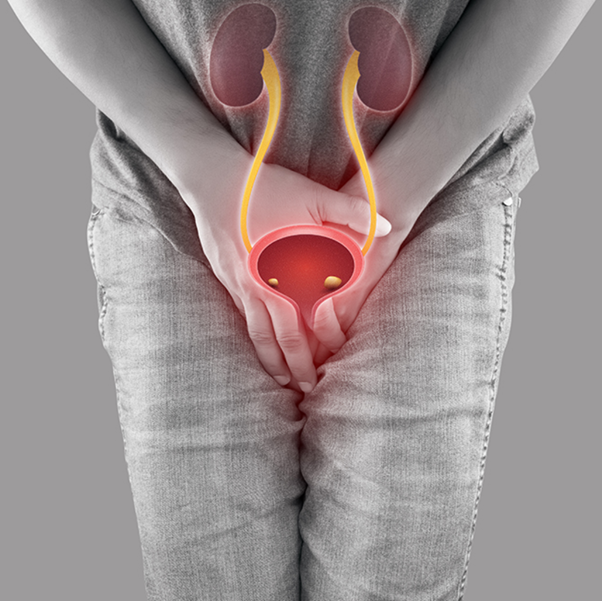Health is not a simple thing to grasp. But we know the basics to keep up us healthy enough. Women’s health issues can be complex and uncomfortable to talk about. Urinary incontinence, postpartum belly and pelvic organ prolapse are three common conditions experienced by women, yet these conditions are often misunderstood and not discussed. In this article, we will discuss the different treatment options available for urinary incontinence, postpartum belly and pelvic organ prolapse and how to manage these conditions.
What is Urinary Incontinence?
Urinary incontinence is the involuntary leakage of urine from the bladder. It can be caused by a variety of factors, including pregnancy, childbirth, age, obesity and certain medical conditions. Urinary incontinence can be a distressing condition, but there are many treatment options available.
Treatment Options for Urinary Incontinence
The first step in treating urinary incontinence is to identify the underlying cause. This could be anything from pregnancy and childbirth to age, obesity or a medical condition. Once the underlying cause has been identified, a treatment plan can be tailored to suit the individual.
The most common treatment options for urinary incontinence include pelvic floor exercises, bladder training and medications. Pelvic floor exercises involve strengthening the muscles that support the bladder, uterus and rectum. These exercises can help to reduce the amount of urine leakage. Bladder training involves gradually increasing the time between urinating to help the bladder become stronger and better able to hold urine. Medications can also be prescribed to help reduce urinary leakage.
Postpartum Belly
The postpartum belly is the name given to the protruding abdominal area that some women experience after childbirth. It is caused by a weakening of the abdominal muscles and is often accompanied by back pain, bladder problems and poor posture.
Treatment Options for Postpartum Belly
The first step in treating postpartum bellies is to strengthen the abdominal muscles. This can be done through exercises such as crunches and planks. Regular exercise can also help reduce back pain and improve posture.
In addition to exercise, there are some other treatments available for postpartum bellies. These include abdominal binders, which help to support the abdomen and reduce the appearance of a postpartum belly. Wearing a postpartum girdle can also help to reduce the appearance of a postpartum belly.
Pelvic Organ Prolapse

Pelvic organ prolapse is a condition where the pelvic organs (bladder, uterus, rectum) descend into the vagina. It can be caused by childbirth, obesity, menopause or many other factors. Pelvic organ prolapse can cause a variety of symptoms, including discomfort and pain during intercourse, urinary incontinence and a feeling of pressure in the lower abdomen.
Treatment Options for Pelvic Organ Prolapse
The first step in treating pelvic organ prolapse is to identify the underlying cause. This can be done through a physical examination and imaging tests. Once the underlying cause has been identified, a treatment plan can be tailored to suit the individual.
The most common treatment options for pelvic organ prolapse include pelvic floor exercises, medications and surgery. Pelvic floor exercises can help to strengthen the pelvic floor muscles and reduce the symptoms of pelvic organ prolapse. Medications can also be prescribed to help reduce the symptoms. In cases where the condition is severe, surgery may be recommended.
Conclusion
Women’s health issues can be complex and uncomfortable to talk about. Urinary incontinence, postpartum belly and pelvic organ prolapse are three common conditions experienced by women, yet these conditions are often misunderstood and not discussed. Fortunately, there are several treatment options available for these conditions. It is important to speak to a doctor or health professional if you are suffering from any of these conditions to discuss the best treatment. It will help you make the most out of every treatment process.
If you do want to know more about professional treatment for postpartum and women’s health services, visit Orchard Clinic for more info.











